Once you’ve made your strategy for obtainable permits, you may be wondering about the once-in-a-lifetime species as well as the species that add that cool factor to your trophy room. The majority of Western hunters want to harvest some of these once-in-a-lifetime species, but have little to no points and are on the far end of the drawing potential curve. In a lot of cases, even if you’re just a few points off max, you can be looking at decades to enter the ring. If you fit this category, the first question you should ask is, “Where do I apply to have the best chance of drawing a tag?”
The easy answer is everywhere you can fit into your budget, but the right answer is that it depends. With the demand for once-in-a-lifetime permits, every hunter should carefully consider their application strategy and finances. I’m going to focus on my personal application strategy to give you an idea of how I’m playing the once-in-a-lifetime permit game, but everyone’s application strategy will be different.
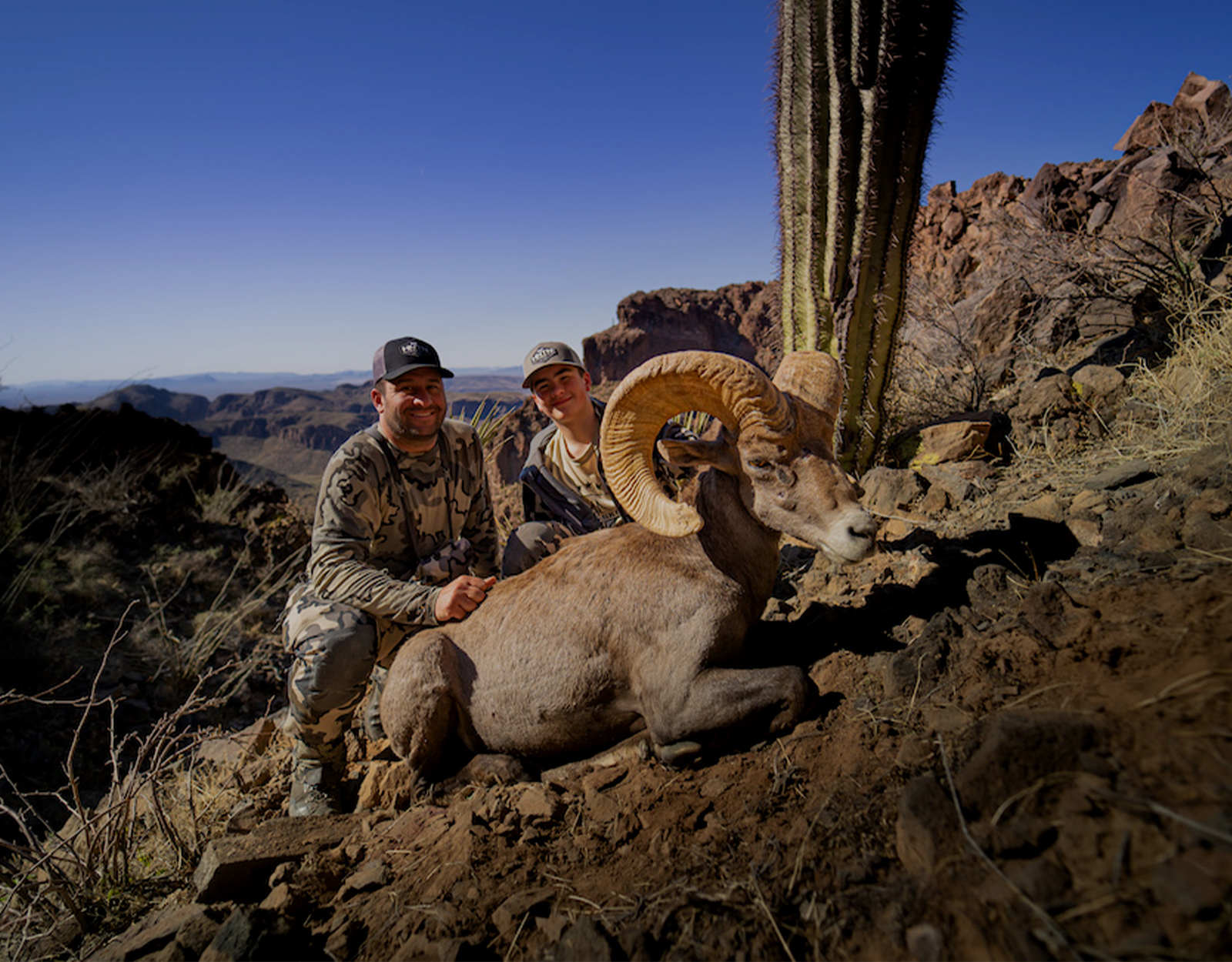
Purely Random Opportunities
For random draws, there are no states more random than Idaho and New Mexico. There is no point system in either state, which is convenient for those of us who have no points across the West or for those who just want to apply in the years they have an opening in their schedule. The problem with these states for me and my budget is the amount of money needed to front the fees.
Idaho – All Hunts
In Idaho, you must first purchase a hunting license, and then you will also have to choose between moose, sheep, or goat, as you may not apply for all three. Once you choose which species you’d like to apply for, you’ll be charged the fees (averaging around $2,600), but after the hunting license, app fees, and online processing fees, you should be prepared to pay closer to $3,000. If unsuccessful, you will be refunded all but $330. The positive thing about Idaho is that the rest of the field has to choose between moose, sheep, or goat as well, so you could potentially get away from some applicants who are forced into other applications.
New Mexico – All Hunts
The other big random state is New Mexico. This is where the “cool factor” comes into the game, as the state offers tags for oryx, ibex, aoudad, Rocky Mountain bighorn sheep, and desert bighorn sheep. First, you must purchase a non-refundable hunting license and then pay your application fee. For sheep, the application fee is over $3,000, which is a deterrent for me. The application fee for oryx and ibex is around $1,600, and the application fee for aoudad is around $370. That’s a lot of money to have wrapped up in application processes, but with a low-interest credit card, it isn’t terrible because New Mexico is fast to send you a refund. If you’re unsuccessful in the draw, you will be refunded the full amount of the tag minus the $13 application fee per species. If you wait until the last week to apply, you should get a refund to your card within four weeks.
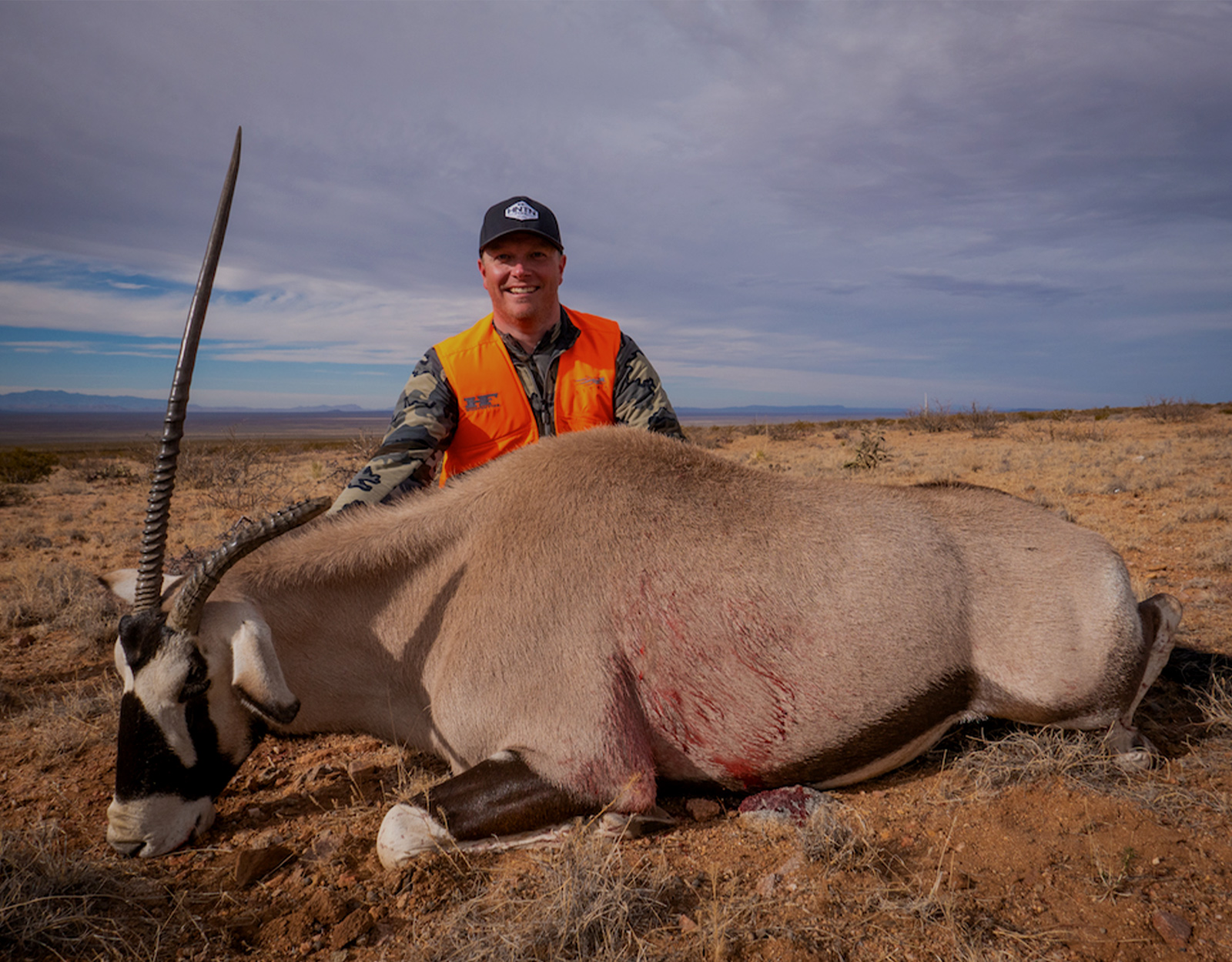
Oregon – Sheep and Goat
Big California bighorn sheep come from Oregon every year. Once you choke down another non-refundable license of around $170, it’s a minimal barrier to entry to apply for sheep and mountain goat. Sheep and mountain goat don’t have a point system, so you could draw a permit your first year of applying. Oregon offers a great opportunity to hunt deer and elk, so if you want to add that to your list, you might as well throw your name in the hat for sheep and mountain goat. I can’t see myself using the $170 license each year, though, so it doesn’t fit into my hunt budget.
Montana – Bison
If you are looking to hunt bison, don’t look too far past Montana. Unlike their sheep and goat draw, the bison draw is completely random with no points associated. The base hunting license is fairly inexpensive, and a $50 application is a good, cheap way to have your name in the hat for a great free-range bison adventure.
Wyoming – Bison and Mountain Goat
Another good bison state is Wyoming. A point system is used for other species here, but not for bison. There is a bull bison as well as a cow/calf option when applying, and you must front fees of more than $6,000 for bull and around $2,750 for cow/calf. These hunts can be tough between weather and the bison not cooperating in and around the national parks. Nevertheless, it’s an awesome opportunity for a free-range bison hunt. In addition to bison, Wyoming also allows hunters to apply for mountain goat with no points, while requiring an up-front fee of more than $2,750.
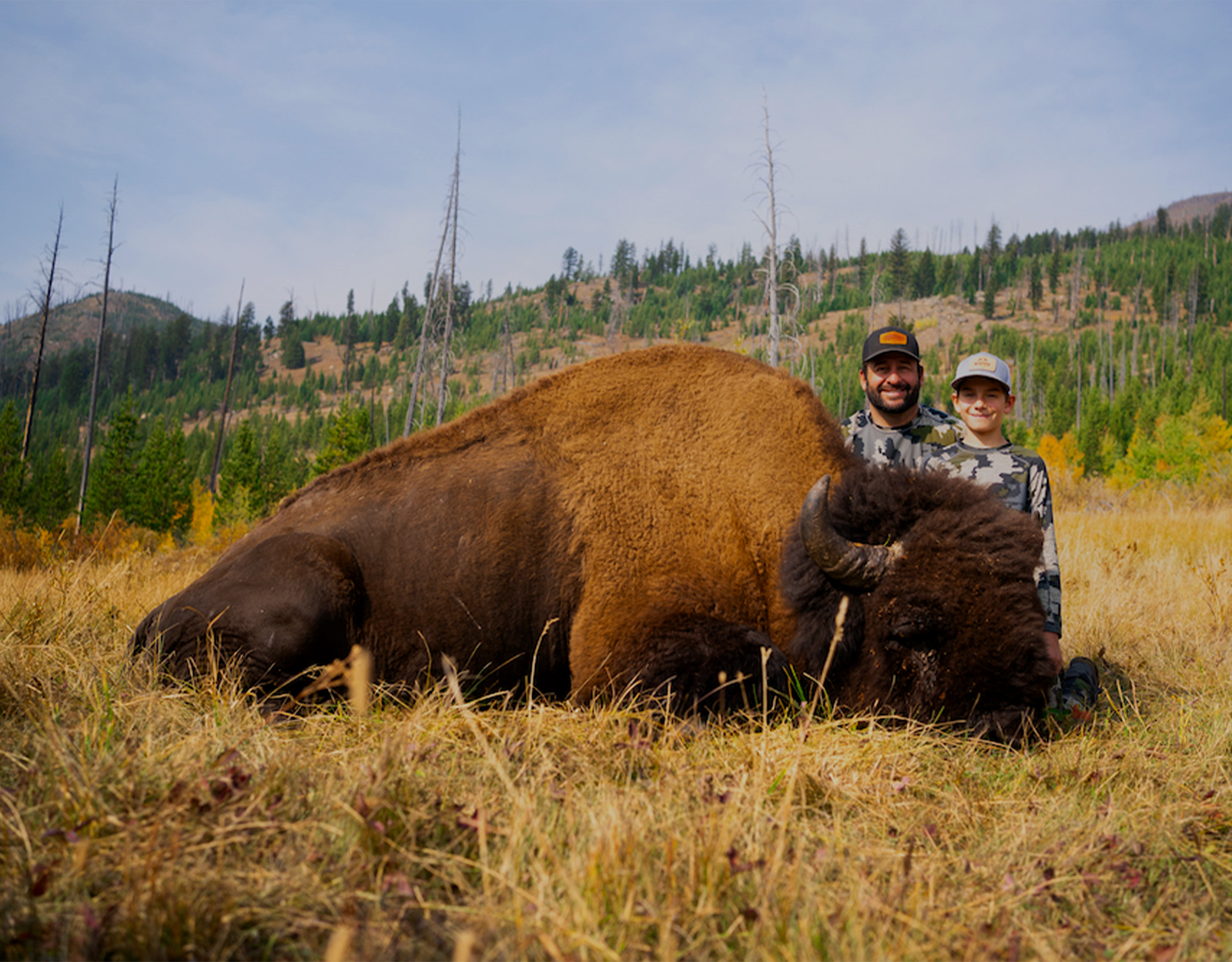
Colorado – Desert Bighorn Sheep
In Colorado, you can play the weighted point game for Rocky Mountain bighorn sheep, or you can apply for desert bighorn sheep. You must choose between the two, and for desert sheep, there are fewer options for non-residents. Each year, there is one non-resident permit available for one of their desert sheep units. The draw does not use points, and the unit usually alternates each year. However, it has stayed the same for the last few years. You do not have to front your fees, but you will need to purchase a small game hunting license and habitat stamp to apply each year. If you are already applying for deer and elk, you have already purchased your qualifying licenses, and it’s a cheap $10 application to add your name to the hat for desert bighorn sheep.
Squared Point Systems
Montana – Rocky Mountain Big Horn Sheep
Montana is the mecca for Rocky Mountain bighorn sheep, so it only makes sense to start with Montana sheep. All species that require points in Montana are on a squared point system, which means you get more chances. If you have two or more points, they’ll square your points, plus give you an additional chance for the current year. For example, an applicant with two points will essentially have five chances. When we’re talking about the biggest sheep in the United States, I like to have my name in the hat as often as possible. It’s a minimal fee to apply at $50 each for moose, sheep, and goat, and you will not be charged the $1,250 fee until you are successful in the draw. Another option in Montana is unlimited sheep. These hunts are physically difficult and the quantity of sheep is low, but in most years the quotas are filled fast.
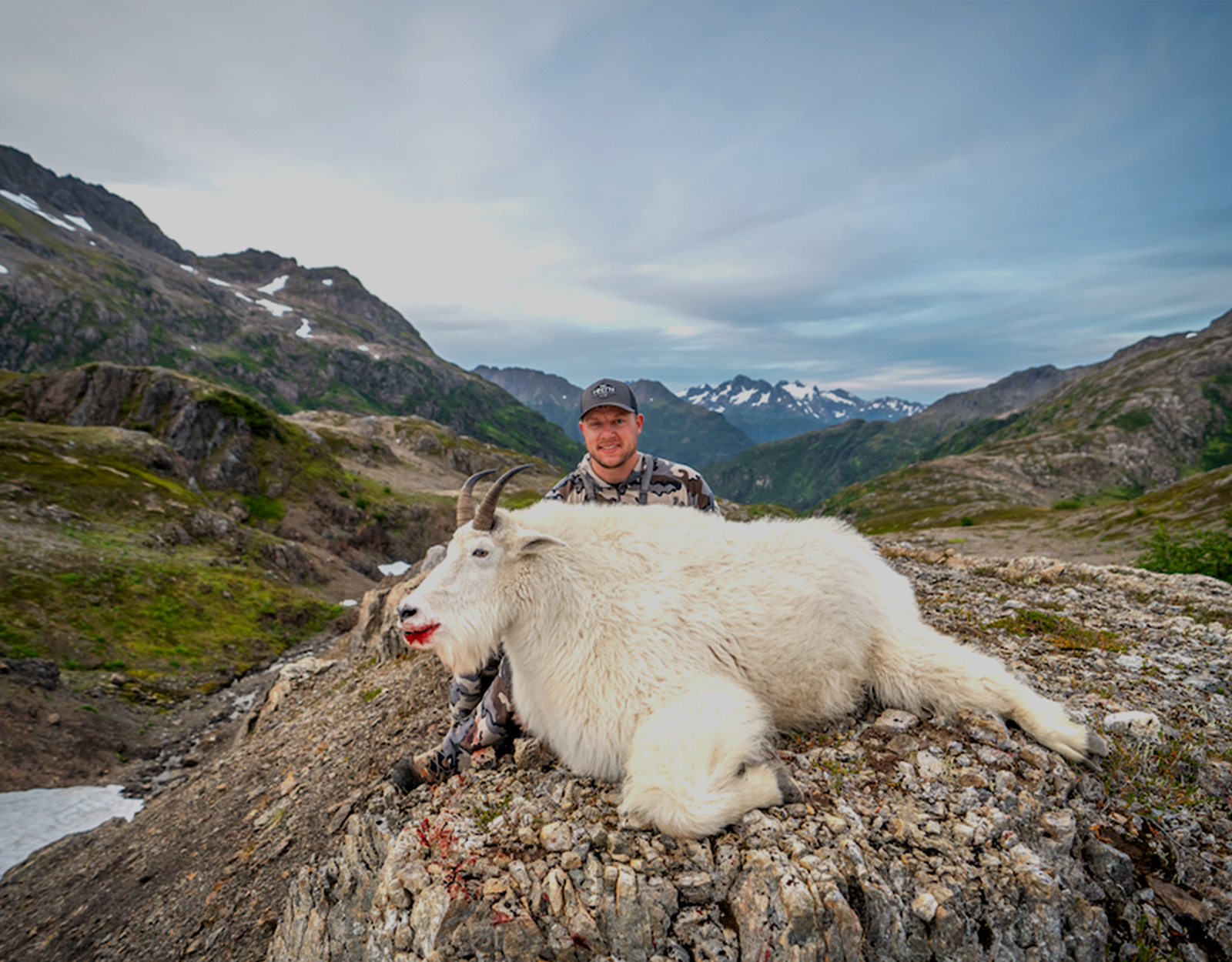
Washington – Moose, Sheep, and Goat
Although it’s ridiculous to apply for deer and elk in Washington as a non-resident, they offer a pile of opportunities (especially for youth) to have your name in the hat for moose, sheep, and goat. As far as cost goes, it’s around $110 for each application. I have other things in mind (such as raffles that I spend that money on, but you can bet that once my kids are old enough, I will be applying for them in Washington, as it’s dirt cheap for youth to apply. The cost is less than $4 for an application and only around $60 if they are successful. They can apply for moose, sheep (ram), sheep (ewe), and mountain goat.).
License Fees Required Up Front
Nevada, Utah, and Arizona are must-apply-for states. Once you’ve purchased the license, there is a chance, with minimal cost, to draw a highly sought-after permit. I’d advise you not to apply for points in these states unless you have restricting time conflicts for the year, as it will cost you the same to apply for the draw as it will to purchase a point.
Nevada
Nevada, much like Montana, is a squared point system, but it is also a must-apply-for state once you purchase a license. A unique thing for Nevada is that you have five choices, and all five matter. If your application is pulled, they will look through all five of your choices before moving on to the next applicant, so make sure you arrange your choices in order of quality/preference, because the first one they come to, in order, that has an available permit is your permit. The license is around $150, and each application after that for points or for the draw is about $15.
Nevada issues the most desert bighorn sheep permits, and with the randomness of the draw, you should definitely have your name in the hat. They also issue some great California bighorn permits. Currently, non-residents are not eligible to apply for Rocky Mountain bighorn sheep. A low-point option that Nevada allows you to apply for is ewe sheep, but you still have to pay the full tag price of $1,200. Another hunt that is great to apply for is mountain goat, when they have it available for non-residents.
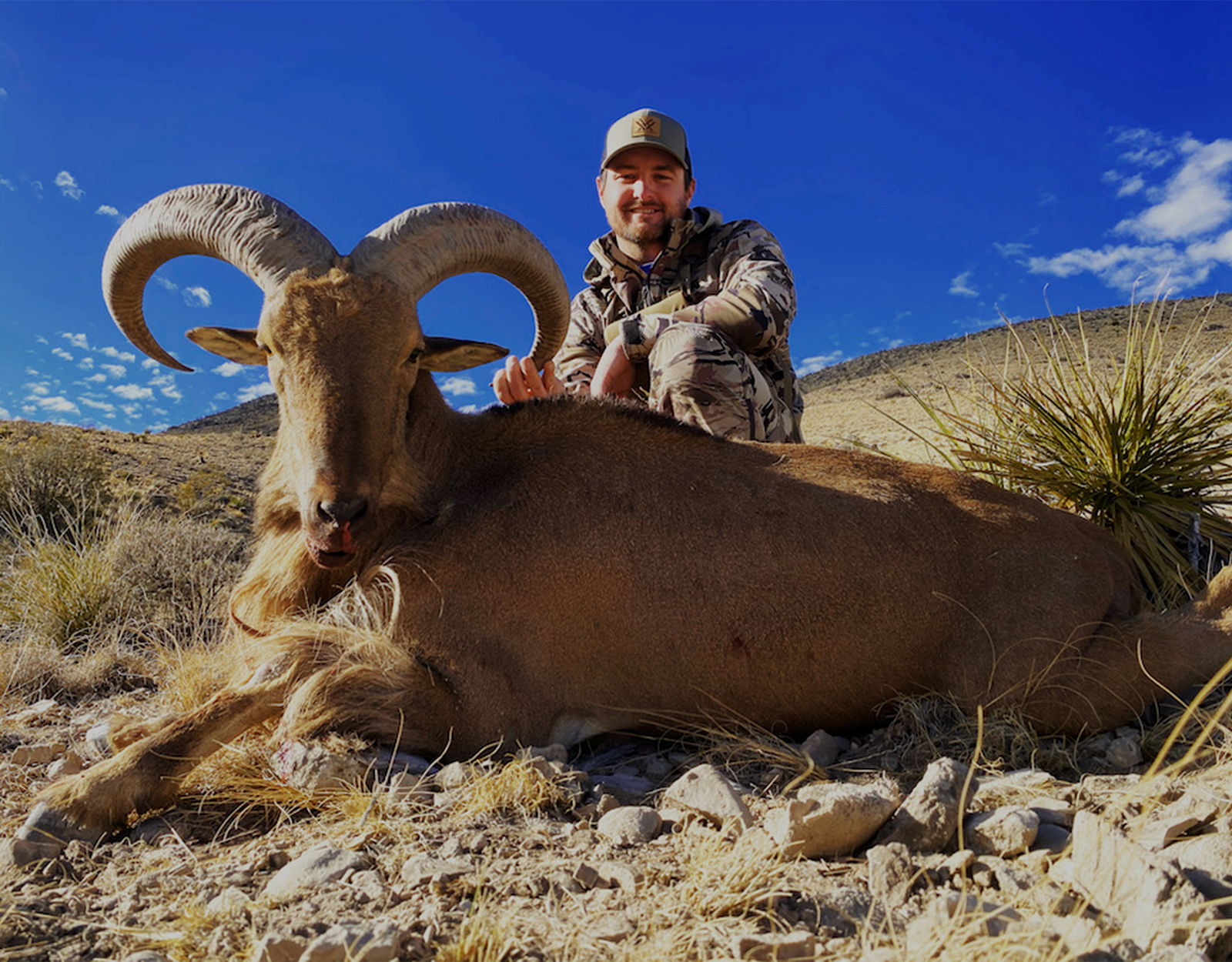
Utah
To apply in Utah, you have to purchase a $120 hunting license. A cool trick with Utah is that you have to have a valid license to apply, so as long as you apply the following year before your license expires, you can usually stretch one license for two years. As far as permits go, it’s worth applying for all species you are interested in. Utah has great quality once-in-a-lifetime hunts for moose, Rocky Mountain sheep, desert sheep, bison, and mountain goat, and at $16 per application, you can’t not get in on these draws. Non-residents can apply for all once-in-a-lifetime species, but residents can only apply for one of these species each year. I bounce back and forth in my once-in-a-lifetime application, as I know I’m random no matter what, and the likelihood of me ever chasing down a preference tag is nonexistent. However, I highly recommend that non-residents apply for all species.
Another thing that makes Utah intriguing is the way the state allocates permits. If there is only one non-resident permit available for a given hunt, the permit is allocated randomly among all applicants. If there are multiple permits available to non-residents for a given hunt, they’ll split the quota 50/50, with half of the permits going to applicants with the most bonus points and the other half being allocated randomly.
Arizona
Arizona is known for giant deer and elk, but they also have great desert sheep and Rocky Mountain sheep populations. Non-residents are issued up to 10% of the total number of sheep and bison tags, with no more than 50% per hunt. Up to one non-resident tag can be drawn for sheep with a hunt code that offers between two and three tags. If a hunt code offers four or more tags, a maximum of two tags may be issued to non-residents. Like the other states above, your fees are not bad, with a mere $15 per application once you’ve purchased the $160 hunting license for the year.
Weighted Point System
Colorado – Sheep, Goat, Moose
Unlike deer, elk, and antelope, which are purely preference points, Colorado runs a weighted point system for their Rocky Mountain bighorn sheep, mountain goat, and Shiras moose hunts. For a total of $10 (after purchasing qualifying licenses), you can be in the draw for moose, sheep, and goat, but you must first apply for three years to accumulate the prerequisite three preference points before you start to gather weighted points.
Youth have no point fees, but adults will need to purchase an optional point each year, at least for the three years, to get into the weighted draw. When applying, you will be assigned a random number, and then that number will be divided by your points. At the end of the day, the lowest number wins the permit. There is a chance that you can draw the first year after you have accumulated your weighted points, so for $10, it’s worth applying for all species that interest you.
Minimal Up-Front Fees
Texas
Texas is a must-apply-for state. The odds are terrible, but for a minimal fee of $10, your name is in the hat to draw a fantastic guided desert bighorn sheep hunt. Besides your $10 application fee, you will not be charged anything until you are successful in the draw, and at that point, who isn’t willing to purchase a $315 hunting license? You will receive a bonus point for each year you are unsuccessful, but you are eligible to draw your first year.
South Dakota
South Dakota offers a trophy and a non-trophy bison hunt in Custer State Park. These animals are eligible for B&C, and for a $10 application, you better believe all of us at Huntin’ Fool have our names going into that hat.
Maine, New Hampshire, Vermont
Maine, New Hampshire, and Vermont offer a low-cost option to get your name in the hat each year for Canadian moose. Draw odds are not in our favor—as is to be expected—but there’s plenty of good moose hunting in these states if you get lucky and draw a tag.
In New Hampshire and Vermont, you’re looking at $25 for an application. Maine runs their draw a little differently and allows you to purchase multiple chances from $15 for one chance up to $55 for 10 chances. I always have money heading back East for that long shot that I will get to hunt a big ol’ swamp donkey.
Other States and Considerations
Alaska
I don’t apply for sheep, bear, moose, or goat in the Last Frontier. However, I’ve flirted with the idea of throwing my name in the hat for muskox. The best part about Alaska is that there’s no point system, so it’s a great state to be able to come in and out of, depending on the year. Note, if you’re applying in the draw for sheep, brown/grizzly bear, or mountain goat, you must have a Guide-Client Agreement signed prior to applying.
Unlike most situations in the Lower 48, where it will likely save you money to obtain your permit in the draw, in Alaska, you can book a hunt with a guaranteed permit with one of Huntin’ Fool’s Endorsed Outfitters, and it will be about the same price.
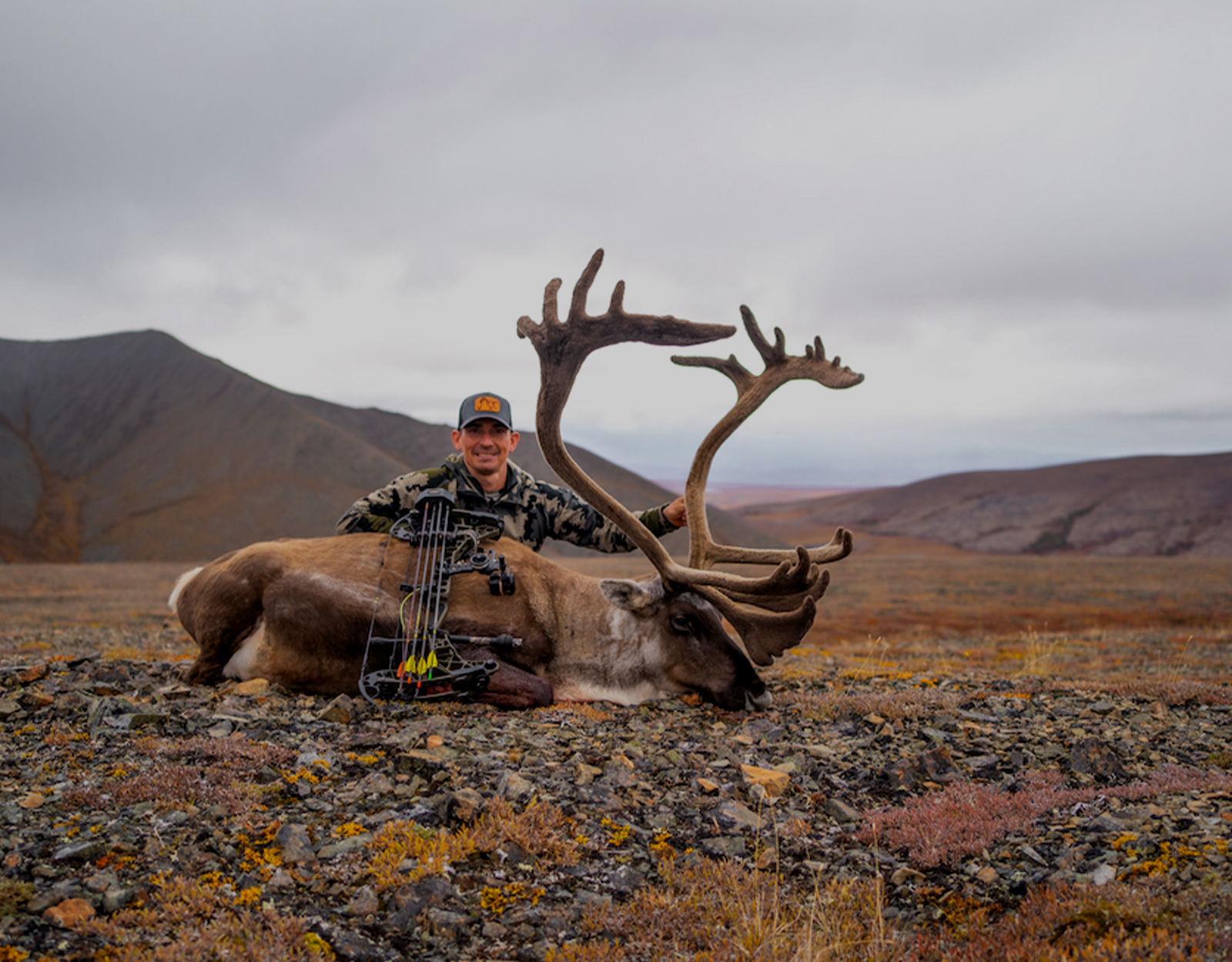
Wyoming
As mentioned before, Wyoming does not have a point system for its bison and mountain goat hunts, but they do have awesome moose and Rocky Mountain bighorn sheep hunts that have a point system. In Wyoming, 75% of permits are allocated to those with the most points, and the rest are allocated through a random draw. As of 2023, the license split for moose, bighorn sheep, bison, and mountain goat is 90% resident and 10% non-resident, basically eliminating hope for random permits. Factoring the 90/10 and 75/25 split, there would need to be a minimum of 40 permits to have a single random permit for non-residents.
Wyoming is pretty unique when it comes to its random draw, as it truly becomes random. What I mean by that is that in the random draw, your points don’t mean anything. Everyone goes into the draw with an equal chance to draw the permit. It does you no good to purchase points as they will not do you any good until you are on top of the points board, and with the current supply and demand curve, that won’t be anytime soon.
California
As a non-resident, I have a hard time applying in California or recommending other non-residents apply there for sheep. To apply, you must first purchase a license for about $200, and then there is a minimal application fee of averaging $8. For non-residents, California currently issues up to two sheep permits, and I don’t like those odds for the amount of money that I am out of pocket. That said, it’s situational in my book. As I grew up in California, I have aspirations of returning to hunt deer with some of my friends, so in the years I’m planning to hunt deer there, I will purchase the license and apply for sheep.
Raffle Opportunities
One of the most underutilized tools in our application arsenal is raffle tags. Each year, multiple states offer limited permits that can be acquired through a raffle drawing, most of which offer you the opportunity to have your name in the hat multiple times. We write an article about these permits, along with the Commissioner and Reservation permits, each year in our January issue. This gives another option to those of us who play the random game, as you can take the money you would normally have sunk into the draw and purely put it into raffle drawings or have an additional budget to supplement the state draws with raffle opportunities.
To get yourself going in the right direction, the best first step is to allot yourself a budget that you’re willing to have invested into these draws each year, as it can be overwhelming when you look at your statement after the fact.
Another point I can’t drive home enough is to not be what we call “a point collector,” who always applies for points but never applies for the actual hunts. Yes, there are situations every year that give our hunting season date restrictions, but at the end of the day, you cannot draw one of these permits unless you are in the draw. Also, in some situations, it will cost you the same amount to be in the draw as to build points. Don’t forget that your onX Elite Membership gives you full access to our digital version of the magazine. Make sure you follow along in our state sections, January through June, to get the most up-to-date information.
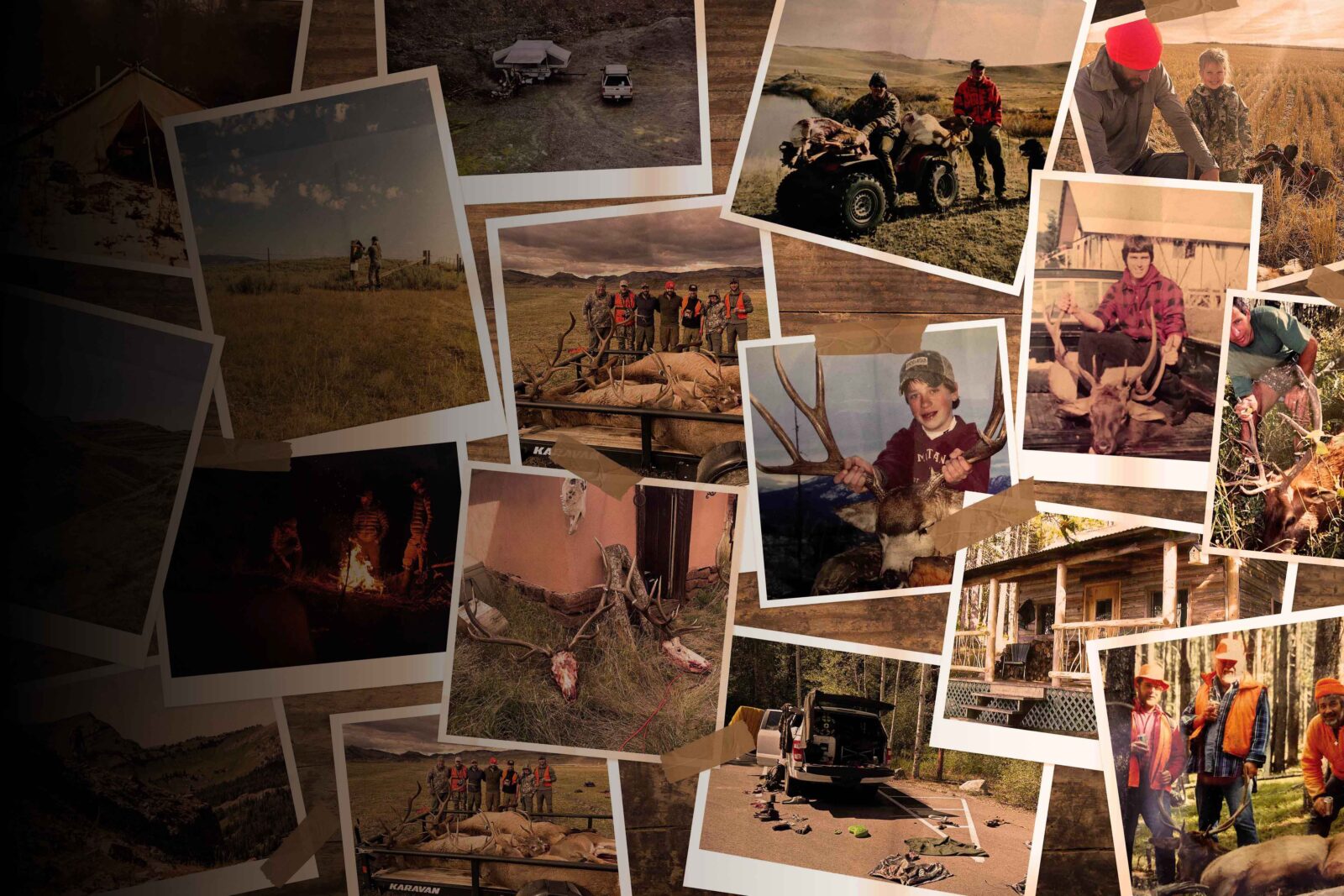

Your Complete System for Securing Tags
Whether you’re chasing a once-in-a-lifetime hunt or just looking to fill the freezer, your season starts with onX Hunt’s application tools—all included with an Elite Membership:
- Hunt Research Tools: Draw odds, tag trends, and harvest stats for 11 western states (Washington is not yet available) to help you decide where to apply.
- Huntin’ Fool: In-depth insights to navigate state-specific systems and build better strategies.
- HuntReminder: Text and email alerts so you never miss a deadline.
One membership, every tool you need to make 2026 the year.
